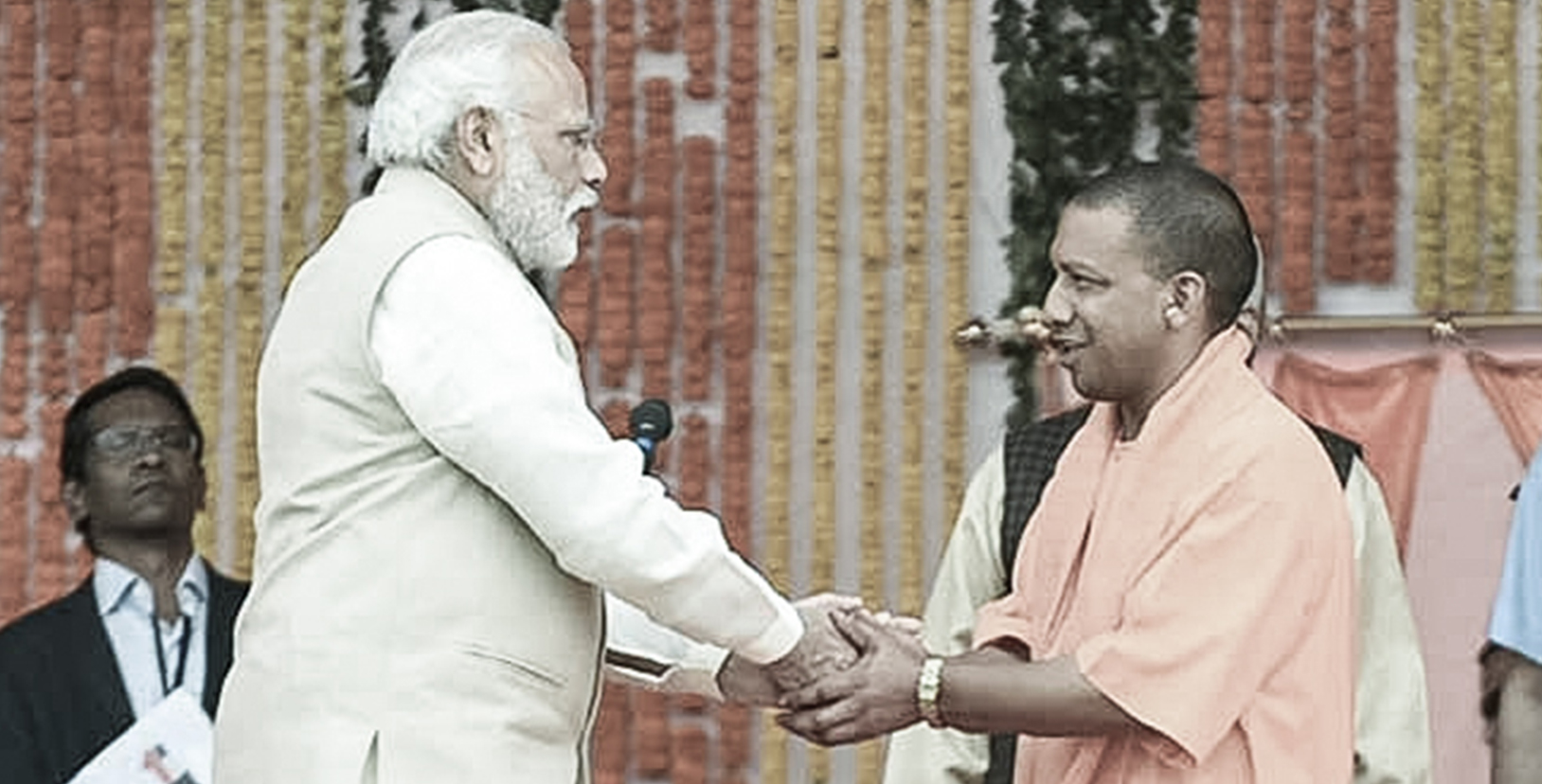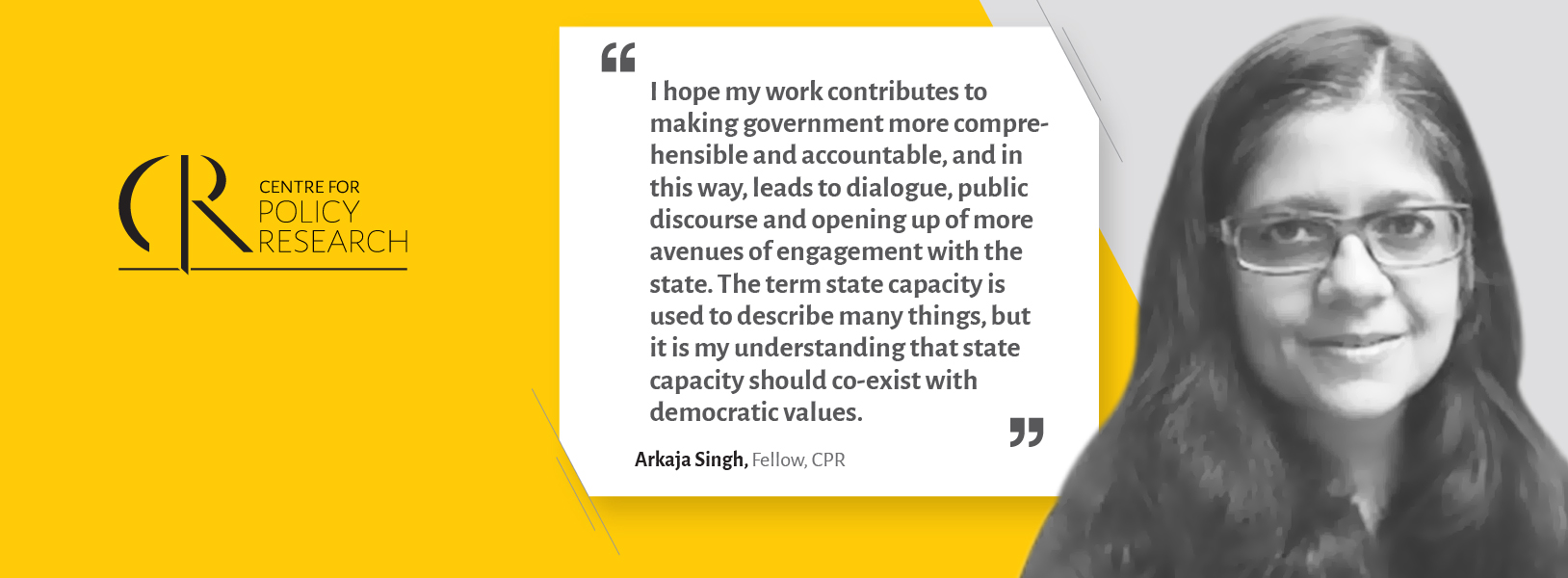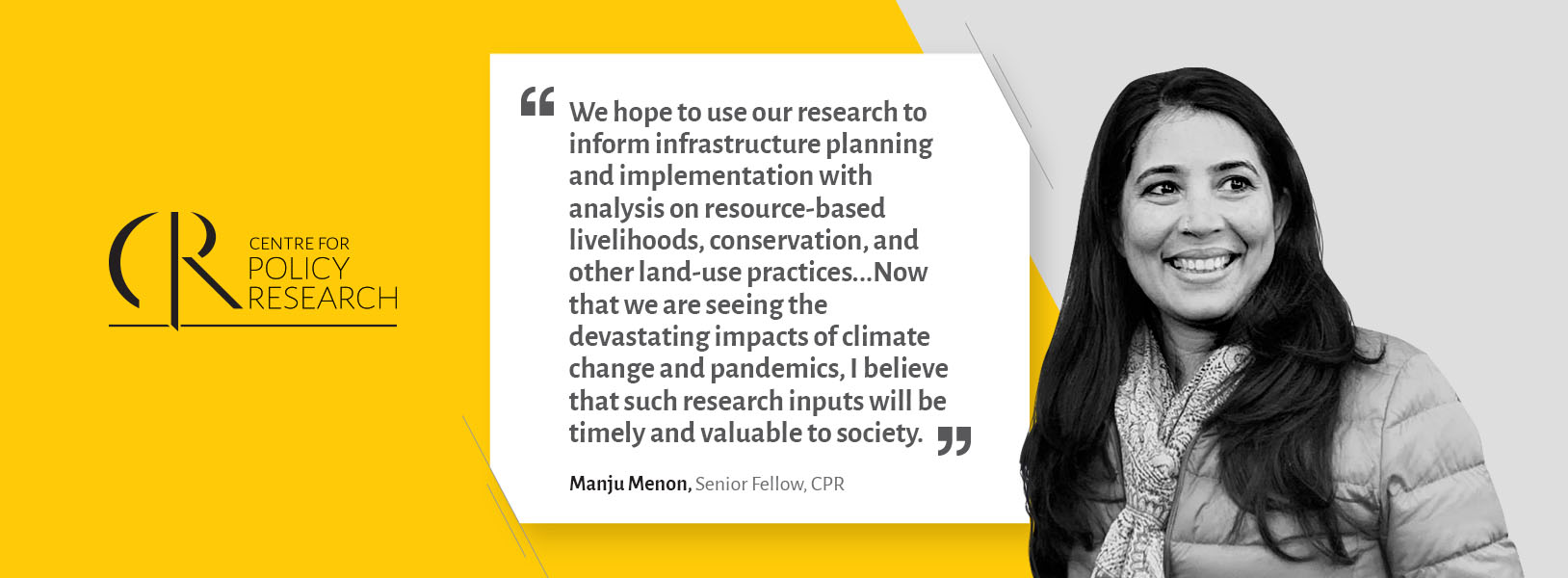
READ THE FULL INTERVIEW
CPR
Avani Kapur is a Fellow and Director at the Accountability Initiative (AI) at CPR. The focus of her work has been in building evidence for policy advocacy to strengthen transparency and accountability in public financial management for service delivery. As part of her work, she leads research studies on health, sanitation, nutrition and education financing and has also been anchoring the publication of the annual Budget Brief series and implementation of fund tracking surveys on key social sector schemes. She has an MSc in Development Studies from the London School of Economics, UK and a BA cum laude from Smith College, Massachusetts, USA.
In this edition of CPR Faculty Speak, Kapur talks about her work and interests at CPR, why they matter, what impact she hopes to achieve and more.
Tell us about your research work and interests at CPR.
I lead a research group within CPR known as Accountability Initiative which works on enabling responsive governance. As the name suggests, we believe that for public welfare services such as health, education, nutrition, sanitation, social safety nets etc. to work well, one needs a strong, transparent governance system that is responsive to citizen needs.
Over the last 13 years, we have been trying to align citizens, service providers and decision-makers in this area using a combination of research, dialogue and experiential learning programmes. For instance, through our research work, we identify and analyse the reasons that work against efficient public services delivery in India. We then provide the evidence to policymakers, development practitioners, academics and the media. We work on building capabilities of both government and citizen groups to engage with each other and on increasing citizen engagement in policymaking and implementation.
My personal research interests are in understanding the design and implementation of India’s welfare system from the lens of public finance.
Why do these issues interest you?
For AI, it comes from an understanding that a mature environment for accountability requires two things to co-exist. From the government side, you need institutions to be designed well and in a manner that allows spaces for them to be held accountable and responsive. At the same time, you also need citizens to understand how the government system works better. It’s only if they have the information capacity and can navigate the governance system, that citizens are able to effectively draw on platforms for engagement.
My personal interest is in public finance, and it’s amazing how much information can be revealed by just following the money! Who makes expenditure decisions and how are they made? What do people prioritise and why? How are budgets for interventions designed and how and when do funds flow? The most interesting is the centre-state dynamic in this. Sometimes, one feels like a fiscal detective – trying to use fiscal forensics to understand the state, the people and the processes that make it work.
How have these issues evolved in the country and globally over the years?
Accountability as a concept used to be in vogue in the early 2000s. There was the Right To Information (RTI) movement, in 2006 MGNREGS came through civil society mobilisation, and social audits gained prominence. There were several studies trying to understand the accountability mechanisms that were in place, including at invited spaces such as School Management Committees, Institutionalised Social Audit Units, citizen report cards, performance budgeting, etc.
Unfortunately, over the years, the word has acquired negative connotations – as a fault finding mission or often, as just trying to find corruption. Consequently, one has mistaken accounting for accountability. Instead of asking what’s constraining the government to do their job well, the thrust, even internally across government hierarchies, was on creating checklists, rules and regulations or asking for reports and accounts (like hisaab). This automatically constrains autonomy and doesn’t allow for innovation or accountability. It’s clearly visible in the dynamics of centre and state or state and local government, or even the public finance management and data systems that are designed.
Going forward it’s going to be important to again change the narrative towards one of accountability for outcomes rather than the inputs that go into achieving that outcome. I am hopeful. Recently, there has been a recognition that citizens need to understand the constraints a state faces and the state, in turn, requires a vibrant civil society. While the language may no longer be of accountability, there is a consensus that there is a need for greater trust-building and dialogue on both sides.
What impact do you aim to achieve through your research?
What we hope for is that by unpacking the complexities of the government and its welfare architecture, we are able to make the government more comprehensible and in extension create the conditions for it to be accountable. In some ways, we envision our role as facilitators of local transformation by offering fact-based knowledge from our research studies and training programmes to both citizens and the government. This, we hope, will not only develop a deeper understanding of the Indian state but increase dialogue and public discourse leading to more avenues of engagement.
At a macro level, success for me would be the design and implementation of policies where people are at the front and centre, including the acknowledgement of their needs, incentives, motivations and capacities. At the most basic level, I hope that our research reaches the right person at the right time so that the government can use it to design solutions.
What does a typical day look like for you at CPR?
Usually chaotic, but rarely dull! We work in six states and so our teams are spread across the country – from Bihar or Maharashtra to Himachal Pradesh, and soon we will have a presence in Meghalaya and Andhra Pradesh too. Moreover, our work is also spread across three streams. The first is research, which includes both primary and secondary research – collecting and collating government data including state budgets. The second is our learning and development work as part of which we run capacity-building programmes. The third is finding creative ways of sharing our learnings and communicating back with the government and citizens.
During the COVID-19 pandemic, when most of our fieldwork and even government meetings were on hold and we were working from home, we focussed a little more on trying to boost morale through learning workshops and coffee chats for the staff. We also continued to capture insights and evidence on policies and priorities, including the likely impact of the pandemic on sectors such as nutrition, education, etc. and also state finances.
In non-pandemic times, it would be similar, but add in a few more brainstorming conversations which are best done face to face over the lunch table, to actually understand the disconnect that happens between the intent of policies and actual on-ground implementation.
For me personally, a typical day includes reviewing AI’s projects and building collaborations and external engagement. If I am lucky, I manage to sneak in some more reflecting and writing time as well.
What are you currently working on and why is it important?
We are just starting some work on health financing. The pandemic has made it even more critical to look more closely at how money for health is allocated and spent, as well as differences across states which led to variations in the ability of states to respond. That spending on public health in India is abysmally low is well established but given that revenues are constrained for states and likely to remain so, understanding how to improve the quality of spending will be key going forward too.
I’ve also been looking more closely at the frontline including local citizen-state engagement during COVID-19. In a recent piece I co-authored, we looked at hundreds of grassroots accounts from citizen journalists and government workers embedded in communities across rural India to identify areas of divergence and synergy in the experiences.
To know more about Avani Kapur’s work and research, click here.








